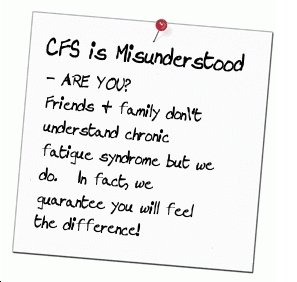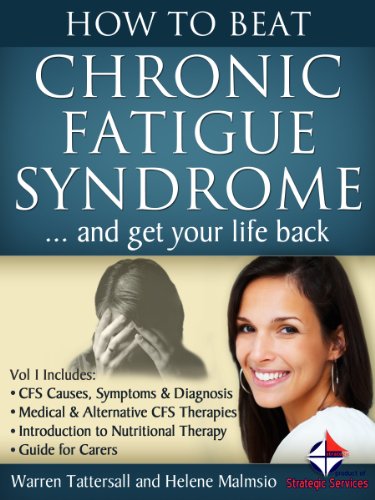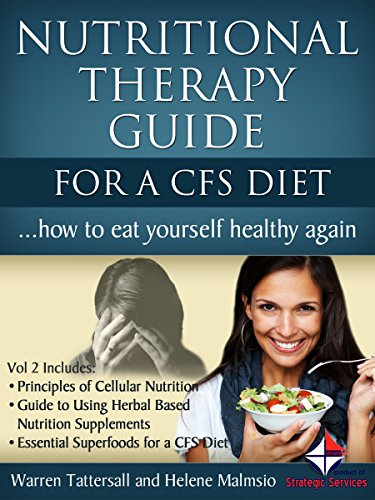Prickly Heat and Extreme Heat in the Workplace
by Bill Goldschein
Hot and humid working conditions are not confined to tropical countries. If you're getting hot under the collar at work, be aware of the health problems associated with laboring in extreme heat.
Extreme heat causes heat stroke and can cause less serious ills like heat cramps, prickly heat and heat exhaustion. Extreme heat can cause brain damage or death. They all lead to on-the-job accidents. Heat can be deadly
No matter what the temperature is around you, your body tries to maintain its normal internal temperature of 98.6. We're comfortable working in an environment of about 73 degrees (45 percent humidity), but that ideal could drop as low as 55 degrees if your work is labor intensive.
Your body works hard to bring down your temperature. And its first reaction is to increase your internal temperature. It increases the pulse rate, strains the heart, and, if left untreated, may cause life-threatening heat stroke.
The body sheds excess heat through sweat which cools the body. Humid conditions that don't allow for evaporation foil the body's attempts at cooling itself. Sweat is also high in salt & mineral content which depletes the body and can cause heat exhaustion.
The heart pumps more blood into small blood vessels near the skin's surface, where the heat of the blood is transferred to the outside environment. If you are unaccustomed to the climate, this change in circulation puts extra stress on your heart.
Fainting or Heat Collapse
Fainting or heat collapse is grim effect of Extreme Heat. Fainting or collapse usually occurs in unacclimatized workers because the brain isn't receiving enough oxygen. (The heart pumps blood to capillaries in a frantic attempt to cool down the body but the blood pools in the extremities instead of returning to the heart to be pumped up to the brain.)
Immobile workers are especially prone to fainting. Fainting can be extremely dangerous if workers fall while they're operating heavy or hot equipment.
It can be prevented by gradually acclimatizing workers to the environment. Cure: Cool the individual, administer fluids and evaluate any injury.
HeatStroke
Heatstroke is the most serious effect of Extreme Heat. Heatstroke occurs when the body's regulatory system fails and body temperature rises too high, Heatstroke can be fatal. Early recognition and treatment of Heatstroke is critical.
Symptoms of Heatstroke include dilated pupils, confusion, angry behavior, delirium, convulsions and an elevated body temperature. The victim needs immediate first aid, often, followed by hospitalization, to prevent brain damage or death.
Cure: Take the individual to a cool area, soak clothes in cool water, and fan the body until help arrives. Do not give the victim fluids to drink. Detection and emergency medical treatment may be critical.
Heat Exhaustion
Heat exhaustion is the most common effect of Extreme Heat. Heat exhaustion is caused by losing large amounts of fluid through sweating. Symptoms range from extreme weakness or fatigue, giddiness, nausea, chills and headache to vomiting or fainting.
The skin may be clammy and moist, the complexion pale or flushed, but the body temperature will be normal or only slightly elevated. The pupils will be normal as well. Cure: Have the victim lie down in a cool place and drink cool, nonalcoholic liquids; severe cases may progress to Heat stroke and could require medical treatment
Heat Cramps
Heat cramps are painful muscle spasms caused by electrolyte imbalances in the body. Heat cramps usually occur among workers who perform excess physical labor, sweat profusely and drink too much or too little water. (Cramps can be caused either by a deficiency or an excess of salt in the body.)
Seek medical treatment if cramps persist for and hour or more. Cure: Clear juice or an electrolyte solution can help alleviate cramps. Drink a cup of either water or electrolyte (spelled Sports Drink) every 20 minutes.
Heat rash and Prickly Heat
Heat rash/prickly heat may become more than bothersome in hot, humid work environments.
Heat rash or prickly heat occurs when sweat cannot evaporate from the skin -- either because the environment is too humid or because of inappropriate clothing.
Sweat ducts become plugged, causing red papules, or bumps, to appear on the skin. Heat rash is uncomfortable, especially when complicated by a subsequent infection.
To prevent a rash, avoid wearing synthetic clothing: using natural fiber, such as cotton, is best. Cure: Treat rash by resting in a cool place periodically and by regular washing with soap and water and drying of the skin.
Accidents increase in the heat. Working in hot environments promote accidents such as burns and mishaps caused by slippery, sweaty palms, or fogged safety glasses. Less obvious are accidents caused because workers are experiencing physical and mental fatigue from heat stress. Be careful to take breaks in cool areas and drink plenty of fluids
Notice: If you're overweight, have heart problems, have been placed on a low-sodium diet or if you are taking diuretics, thyroid medicines, tricyclic antidepressants or anti-psychotic medications, consult with your physician
Simple tips:
Drink Plenty (a cup of fluid every 20 minutes).
Avoid beer and other alcoholic drinks.
Wear loose-fitting, light-colored clothing,
Take frequent breaks in cool areas,
Open windows and install fans. Better yet get an Air Conditioner.
There is one incontrovertible truth about Heat Extreme conditions: Air-Conditioning Works!
Bill Goldschein is a an environmentalist and writer concerned about our welfare in this incessant, extreme heat.
To learn what to put on prickly heat rash, click on treating prickly heat rash You'll find dozens of articles about skin problems and skin care on this site, so make sure you check out the a-z directory section of the site as well.
the A to Z directory of dealing with Health Problems & Self Care Strategies for natural remedies to your health issues.
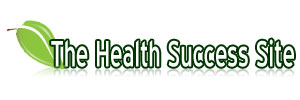
Subscribe to get your weekly "Health Success Magazine" with a new complete & comprehensive Health Report in every edition!

to “Your Health Success”
our weekly F’R’E’E’ Newsletter
If you would like a free no-obligation private consultation or to contact Warren Tattersall for more information, please click here >> Contact Us
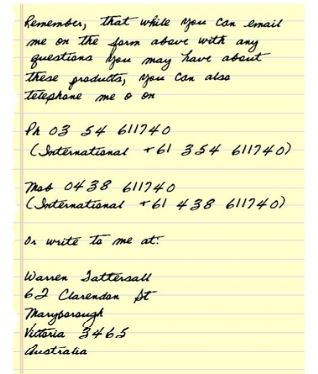
Click the books above to learn more about how we treat CFS naturally, to get your life back!
You will find many assorted Health Reports available for download free to you on this website!
Our free Health Success Reports are each available for you to download when you subscribe to receive them and their 7 part eCourse.
You can unsubscribe at any time, but we are sure you will want to receive all the email lessons of these informative ecourses.
Read more HERE to select the REPORT subjects of most interest (or concern) to you.






